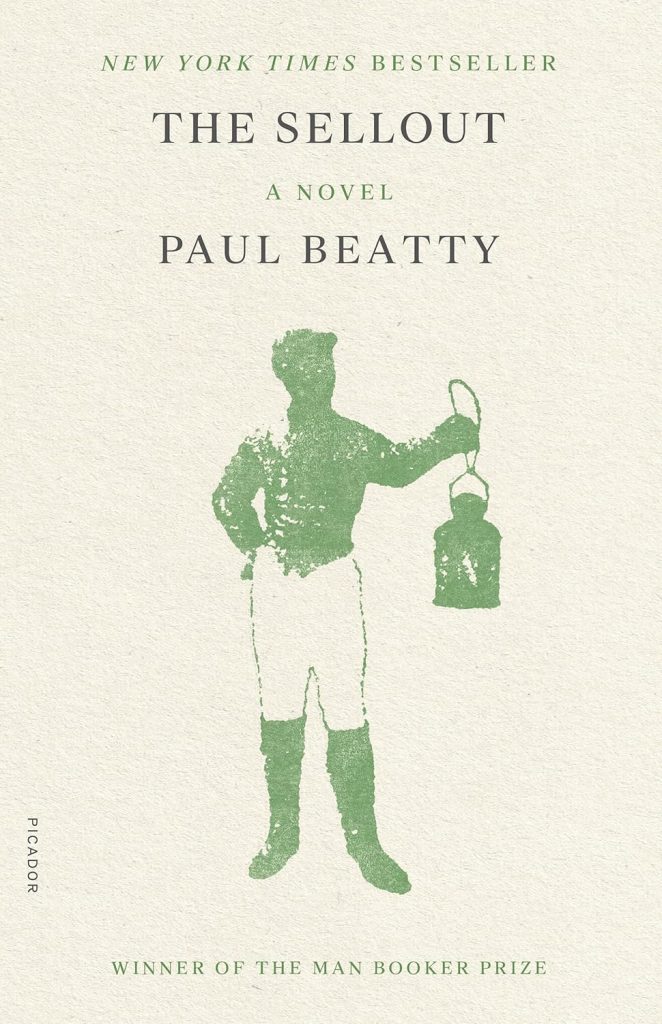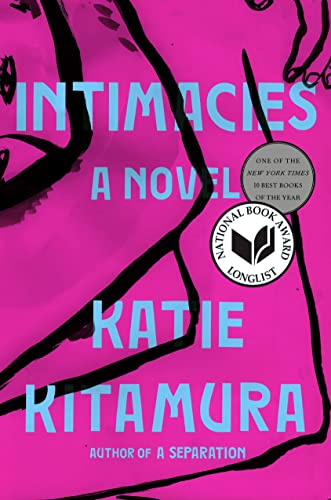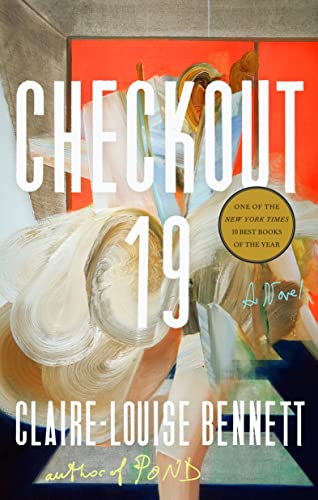A Dancing Yahrzeit Candle
Estimated reading time: 12 minutes, 12 seconds
Walk Day 1122
I find myself as an ordinary and flawed human navigating a world without the presence of my beloved wife. Each day, I adapt to a life of solitude, striving for independence despite imperfections. I acknowledge that there is still a long journey ahead before I can rest. As I noted earlier, two profound questions beg me to find answers: how have I discovered faith amidst my lingering uncertainties? Having accepted that God has bestowed upon me the ability to perceive, engage, and walk into the future, how should I embrace the remaining days and nights of my life?
As I sit in the cozy confines of my home, I realize that I am still searching for the answers to these questions after avoiding them for most of my life. These questions will persist in the days and weeks to come. I am deeply grateful for the support of my family and friends, and I owe it to my readers to provide a candid evaluation of my current state, the path that led me here, and where I am going. My promise is that I will share what I learn.

Today, I walked for the 1122nd day in a row since burying my wife. It has become a habit, something other than what I do to prove I am better than anyone else. Others have their rituals that work for them. The number of days reminds me that I must live in the present and face the future. The first two single digits represent my two sons, the first number two for my two daughters-in-law, and the final two for my granddaughter and grandson. In addition, the sum of 1122 equals six. They are the next generations; I live in the present and am a bridge from the past to the present and into the unknowable future.
In closing, my wife’s memory inspires and comforts me and my family and friends as my day ends. Without her love, I would not be who I am today. We are all cousins, as Ben Jealous wrote, and I am deeply grateful for the love and support I have received during these challenging times. Your presence and shared memories have been a source of solace and a reminder of Jan’s impact on all of us.
Thank you!
The Jan Lilien Education Fund sponsors ongoing sustainability and environmental awareness programs. All donations are tax-deductible.

This work is licensed under a Creative Commons Attribution-NonCommercial 4.0 International License.
After almost 48 years, I recently lost my wife, Jan Lilien. Like The Little Prince, Jan and I believed that “The most beautiful things in the world cannot be seen or touched, they are felt with the heart.” This blog is a collection of my random thoughts on love, grief, life, and all things considered.







